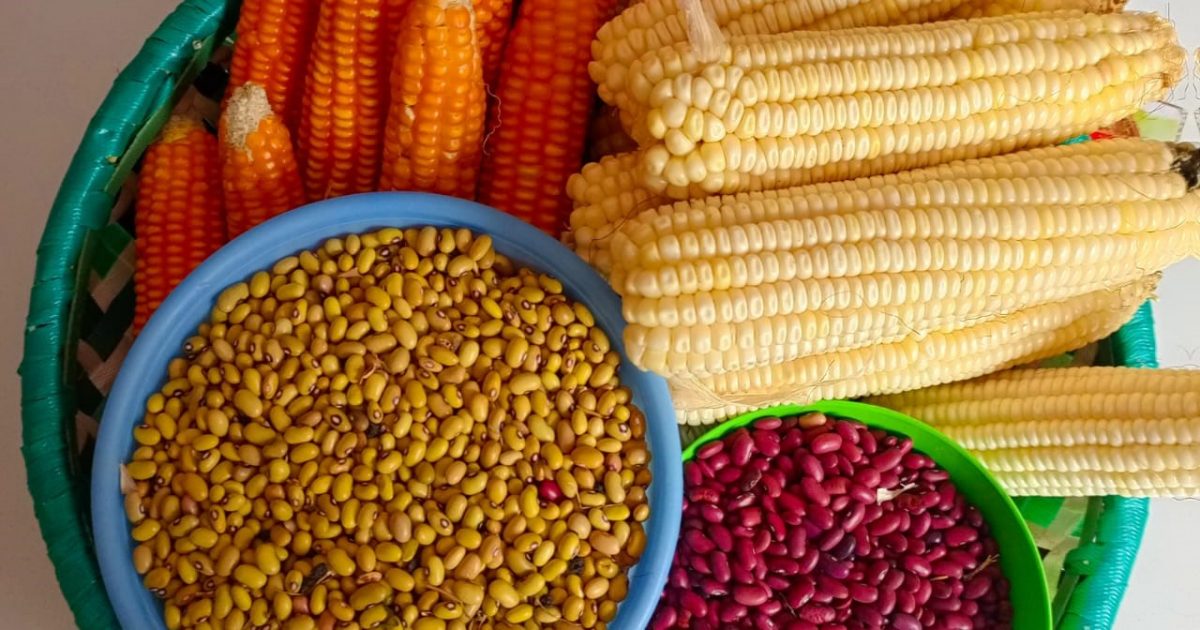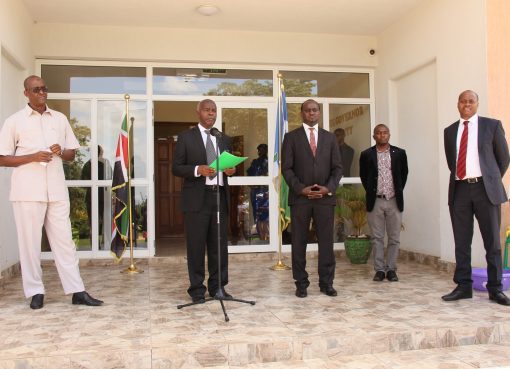Eastern and Southern Africa Governments have committed to facilitate the private sector to undertake trade following the signing of grain trade contracts valued at Sh52 billion (USD409M) despite the low supply of food.
According to experts who participated in the Eastern and Southern Africa public-private policy dialogue and grain trade business to business forum held last week, over 70 per cent of the Eastern and Southern Africa countries will continue to import food to meet their deficit following increased effects of climate change.
It is feared the countries will continue to grapple with high cost of living and increased import bill as the governments endeavour to feed their population.
During the forum held in Dar es Salam, Tanzania the experts noted that more than 60 per cent of the region’s countries are facing low maize production levels following interruption of the crop by effects of climate change.
The forum organized by Trade Mark Africa (TMA) in collaboration with the Eastern Africa Grain Council (EAGC) and the Alliance for a Green Revolution in Africa (AGRA), noted that the region will have to rely on markets enjoying surplus to feed their population.
EAGC Executive Director Gerlad Masila said that the regional grain trade B2B forum resulted in signing of trade contracts amounting to 748,854 MT of assorted grains and pulses valued at Sh53.1 billion (USD409M) expected to be traded across the region.
Masila noted that this demonstrates the enormous potential and demand for staple foods from surplus to deficit regions emphasizing the importance of seamless trade.
“The traders have started executing the new trade deals with EAGC connecting them to the regional commercial banks to secure credit to finance the grain business in the region. We hope the new deals will strengthen trade in the region,” he added
Masila noted that in both Eastern and Southern Africa regions only, Ethiopia, Tanzania and Uganda are enjoying maize surplus and thus act as the saving granary which the rest of the two regions will have to import to meet their deficit.
“The deficit-producing countries of Kenya, South Sudan, Somalia, Rwanda, and Burundi will have to import maize although at a lower level from Uganda, Tanzania and Ethiopia to meet their deficit,” he said.
The competition for the tradable surplus within the region, he noted will likely direct more flows to Kenya and the eastern parts of the Democratic Republic of Congo, where the purchasing power and prices are relatively higher.
Maize prices, he said are expected to follow seasonal trends across all countries but generally remain lower than last year due to increased domestic supply, except in Ethiopia, South Sudan, and Somalia, because of localized areas of below-average production, conflict-related disruptions in supply, and persistent inflation
The prices are expected to remain higher than average in most countries because of high production, fuel, and transport costs. The prices are expected to be lower than average in Uganda and Tanzania because of increased domestic supply and lower shortfalls in deficit countries.” Masila said.
According to Market Analysis Sub-group of the Food Security and Nutrition Working Group (FSNWG) which monitors informal cross- border trade of 88 food commodities and livestock in Eastern Africa, the first quarter of 2024, above-average harvests and lower prices of maize and rice boosted regional trade of these cereals across the East African Region.
Consequently, the regional rice trade volumes surpassed those for beans compared to the fourth quarter of 2024, becoming the second most traded commodity in the region, following maize.
Uganda’s maize flour exports to South Sudan and sugar re-exports from Somalia to eastern Ethiopia and Kenya also contributed to increased overall regional trade activity in the first quarter of 2024.
Nega Wubeneh, Head of markets and trade at Alliance for a Green Revolution in Africa (AGRA) noted that the African continent is currently grappling with a USD41billion food import bill and the same is expected to increase over USD 100billion by 2025.
He added that projections indicate that all countries in Southern Africa have below average staple production and supplies from the 2024 cereal harvest and are expected to be insufficient to cover regional requirements from marketing year 2024/25.
“Malawi is expected to be 45 per cent below the five-year average, Mozambique (41per cent), South Africa (10per cent), Zimbabwe (55per cent) and Zambia (34 per cent),” said Wubeneh.
AGRA and EAGC and other stakeholders have been facilitating movement of grains from the Eastern to Southern region to tame the increasing deficit. Zambia is the only country in the region with an export ban for the rest of the marketing year. South Africa and Tanzania are expected to maintain their status as net exporters of maize in MY 2024/25.
The forum attracted 120 delegates, including producers, traders, millers, and exporters from Kenya, Uganda, Tanzania, Rwanda, Burundi, Democratic Republic of Congo (DRC), Malawi, Zambia, and Ethiopia.
By Wangari Ndirangu



